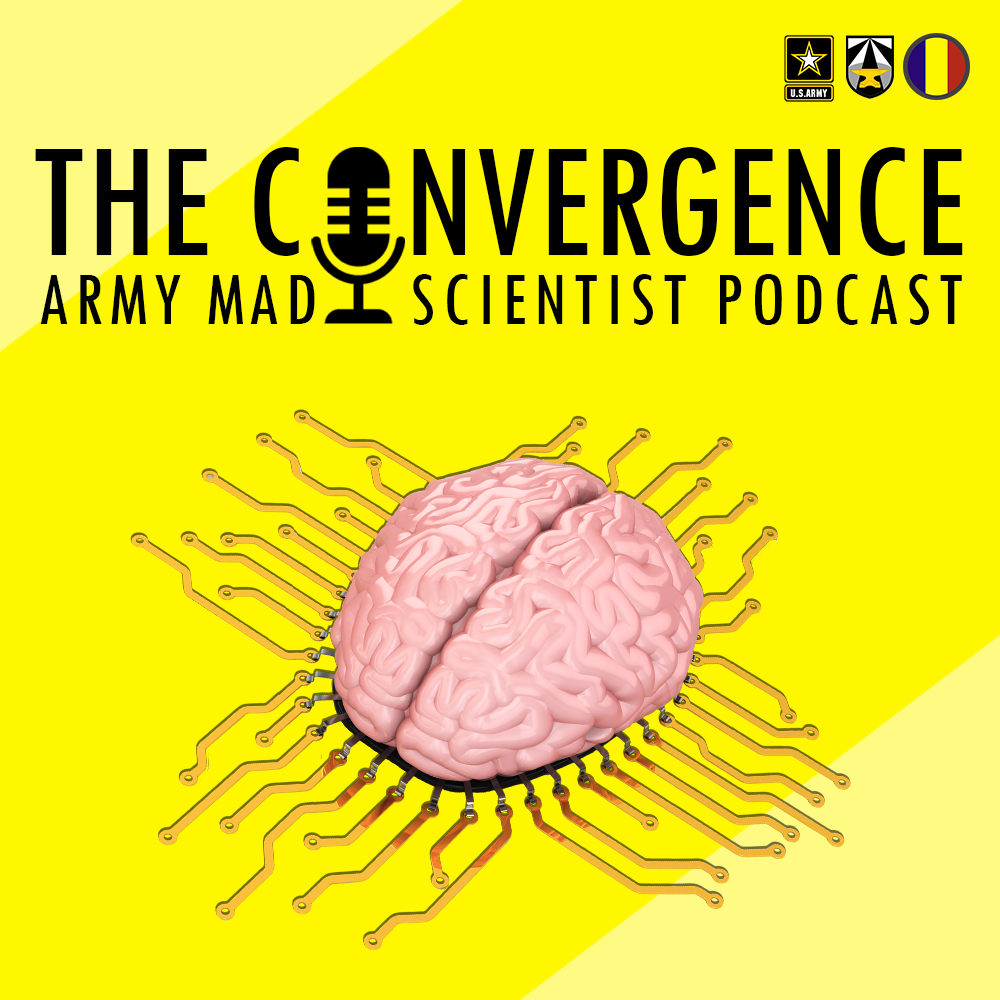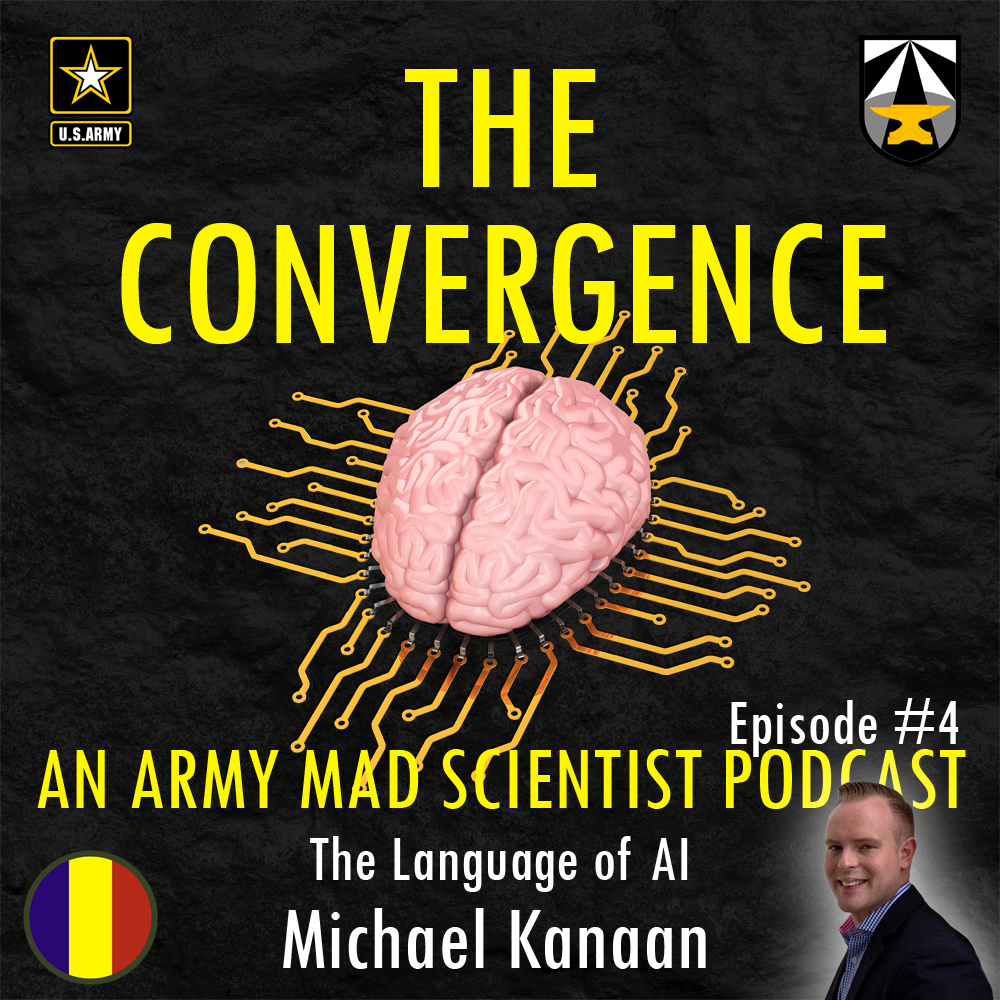In this latest episode of “The Convergence,” we talk with Cindy Otis, a disinformation expert specializing in election security, digital investigations, and messaging. She is a non-Resident Senior Fellow at the Atlantic Council’s Digital Forensic Research Lab. Prior to joining the private sector, she spent a decade as a CIA officer, serving as an intelligence analyst, briefer, and manager. Her regional expertise includes Europe and the Middle East. Ms. Otis is the author of the forthcoming book True or False: A CIA Analyst’s Guide to Spotting Fake News, to be published on July 28, 2020 by Macmillan Publishers.
In this episode, we discuss the role of technology in accelerating the spread of disinformation; its increasing use by state, non-state, and commercial actors; and the vital role an educated population has in implementing effective intervention tactics and counter-measures. Some of the highlights from our interview include the following:
• Disinformation and propaganda have been a part of the information landscape for a long time, but the current news focus sometimes creates a misconception that it is a new phenomenon. The tools and tactics that organizations use might change with the creation of new media, but the patterns and messages are the same throughout the historical context.
• Because fake news and disinformation are not new phenomena, there are actions that can be taken to defend against it and people can be armed against it. People should feel hopeful that there are actions they themselves can take to become a first line of defense against fake news.
• People should also have a feeling of responsibility that they are part of the solution in being more conscientious about what information they consume and what they share.
• The number of players involved in creating, disseminating, and amplifying disinformation will keep increasing as countries and groups see how effective and successful others currently are at using disinformation as a tool or weapon.
• More foreign governments will be getting involved, but commercial entities will also move into the space as “disinformation-for-hire” with troll farms and black PR firms.
• Most organizations, from DoD to non-profits, are similar in that they do not have a deep enough capability to look at the issue of disinformation. There need to be far more people trained in disinformation investigation and analysis.
• Disinformation investigation often looks for the same trends and patterns from previous years, while disinformation actors have learned from those trends and become ever more sophisticated.
• We need to pay more attention to the actual solutions of how we minimize the risk of disinformation with different intervention tactics, instead of only looking for current threat actors and trends.
• Education plays a huge role in defending against disinformation, especially with organizations providing training to both consumers and journalists to consider information and use OSINT tools.
Stay tuned to the Mad Scientist Laboratory for our next podcast with Molly Cain (founder of GovCity, former DHS Director of Venture, and entrepreneurship expert) addressing talent management, leadership, and innovation on 25 June 2020!

Gen. Paul E. Funk II, CG, U.S. Army Training and Doctrine Command. (U.S. Army photo) General Paul E. Funk II assumed duties as the...

The first episode of The Convergence features Dr. Sean McFate, foreign policy expert, author, and novelist. Dr. McFate is a Senior Fellow at the...

In this episode, we talk with Michael Kanaan, Director of Operations for U.S. Air Force and MIT Artificial Intelligence. Following his graduation from the...